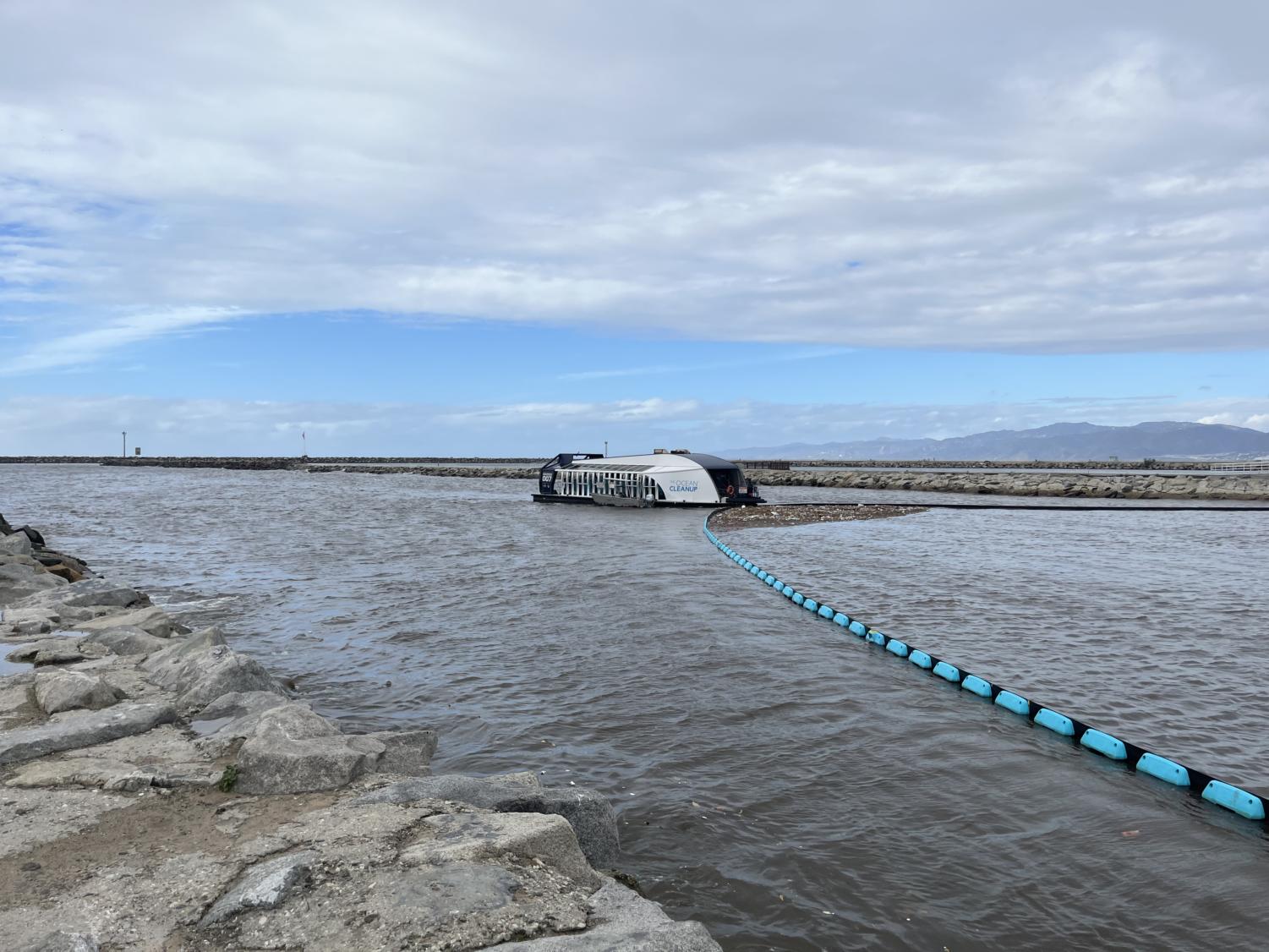The future is now! This is how we can save the oceans
March 20, 2023
What is The Ocean Cleanup?
The Ocean Cleanup, started by Boyan Slat, has one goal. To clean the ocean. As explained by Danielle Fleming and Liv McMahon, who are writers for the BBC, “The Ocean Cleanup uses a long, u-shaped barrier, similar to a net, that is pulled through patches of rubbish by boats. It moves in a way to try to avoid harming marine life.” The trash and plastic in the waters get pulled through a small net. It then gets moved to recycle centers.
What happens to the collected trash and plastic?
Luana Steffens is the author of intelligent living. She explains what happens to the trash after collection. “According to The Ocean Cleanup, they transport the accumulated garbage and plastic to recycling facilities and even have plans to recycle the found waste and plastic to create new items and products, like sunglasses.” The plan to clean up the oceans is to recycle instead of dumping trash and plastics in landfills.
How much plastic is in the great garbage patch?
According to Steffen there are around “1.8 trillion pieces of debris” in the patch and is “twice the size of Texas.” Thanks to The Ocean Cleanup and their efforts though, that number is decreasing. The garbage patch has been and will continue to expand in size as each year progresses. Thanks to Slat the garbage accumulation in the patch is now going down.
What are the nets made from?
One of the nets, named System 003, can endure the conditions of the harsh ocean. As explained by Steffen they are made from a “combination of high density, polyethylene, steel, and aluminum.” The skirt of this boat, made up of these materials, can “flex” in strong currents and still keep shape.
Is it funded or backed by the UN?
In short yes, the UN and The Ocean Cleanup have made a partnership. UNDP writer Foaud Juez says “The goal of the partnership is to reduce leakages of plastics into marine ecosystems by boosting policies and behavior change aimed at advancing sound plastic waste management systems and reducing overall plastic pollution, and accelerating the deployment of interception technologies in rivers to end marine plastic pollution.” Now that the UN is on board, more countries will find this non-profit organization very useful. More funding means more ships and nets being able to clean up our oceans.
